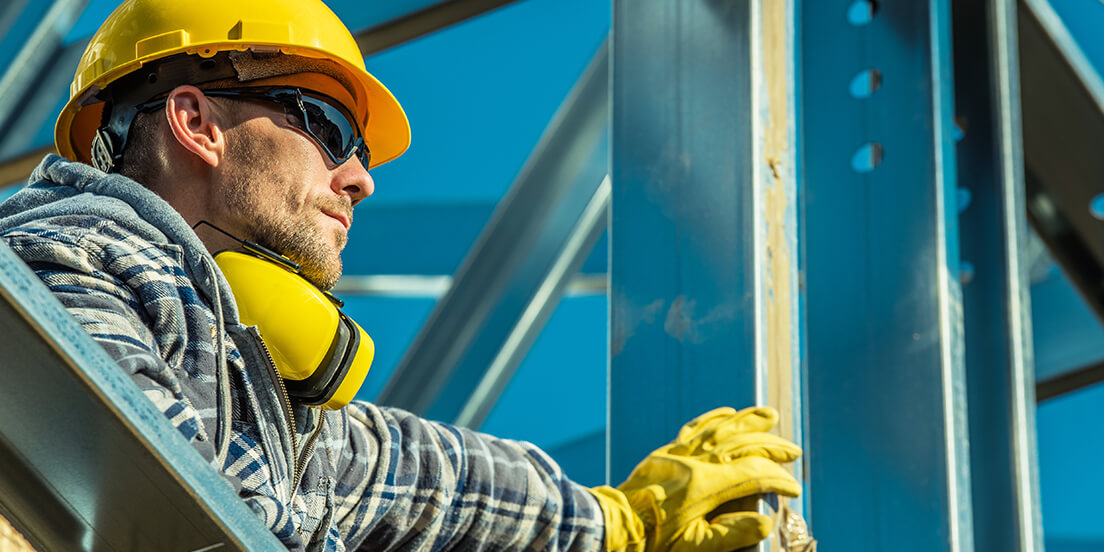
Construction sites are inherently hazardous environments where accidents and injuries can occur. The combination of heavy machinery, hazardous materials, and elevated work areas can lead to serious injuries or even fatalities. When accidents occur on construction sites, it is crucial for injured workers and their families to understand their legal rights and the basics of construction site injury litigation. This beginner’s guide aims to provide an easy-to-understand overview of the key aspects of construction site injury litigation.
Importance of Construction Site Injury Litigation:
Construction site injury litigation refers to the legal process of seeking compensation for injuries and damages suffered on construction sites. It is important for injured workers to understand their rights and the legal options available to them. Construction site injury litigation ensures that workers have a fair opportunity to seek justice and obtain compensation for their losses.
Liability in Construction Site Injuries:
Determining liability is a critical aspect of construction site injury litigation. Liability refers to legal responsibility for an injury. Various parties can be held liable for construction site injuries, including:
a) Contractors and Subcontractors: Construction site injuries may result from the negligence of contractors or subcontractors responsible for the work being performed.
b) Property Owners: If the construction site is owned by someone other than the employer, the property owner may be held responsible for injuries caused by hazardous conditions or negligence.
c) Equipment Manufacturers: Defective machinery or equipment can lead to injuries, making the manufacturers liable for damages.
d) Architects and Engineers: Design flaws or errors in the construction plans may contribute to accidents and injuries, making architects and engineers accountable.
Workers’ Compensation and Personal Injury Claims:
In construction site injury litigation, injured workers often have two potential avenues for seeking compensation: workers’ compensation and personal injury claims.
a) Workers’ Compensation: Workers’ compensation is an insurance program that provides benefits to employees injured on the job, regardless of fault. Injured workers can file a workers’ compensation claim to receive medical expenses, lost wages, and rehabilitation costs. Workers’ compensation claims generally do not require proving fault, but they may limit the amount of compensation available.
b) Personal Injury Claims: In some cases, injured workers may pursue personal injury claims against parties other than their employer. Personal injury claims seek compensation beyond what is covered by workers’ compensation, including pain and suffering, emotional distress, and punitive damages. Personal injury claims typically require establishing negligence or wrongful conduct on the part of another party.
Gathering Evidence:
Gathering evidence is crucial in construction site injury litigation to support your claim. Important pieces of evidence may include:
a) Accident Reports: Official accident reports filed by the employer or relevant authorities provide crucial details about the incident.
b) Medical Records: Detailed medical records documenting the injuries sustained and treatment received strengthen your case.
c) Eyewitness Statements: Statements from individuals who witnessed the accident or hazardous conditions can provide valuable testimonies.
d) Photographs and Videos: Visual evidence, such as photos or videos of the accident scene or unsafe conditions, can support your claim.
e) Expert Witnesses: Expert testimony may be necessary to establish liability or prove the extent of your injuries.
Consult with an Attorney:
Navigating construction site injury litigation can be complex, especially for those unfamiliar with legal processes. Consulting with an Alabama experienced personal injury lawyer specializing in construction site injuries is highly recommended. An attorney can evaluate your case, guide you through the legal proceedings, gather evidence, negotiate with insurance companies, and represent your interests in court if necessary.
Conclusion:
Understanding the basics of construction site injury litigation is essential for workers who have been injured on construction sites. By comprehending the importance of litigation, liability considerations, workers’ compensation versus personal injury claims, evidence gathering, and the significance of legal representation, individuals can better navigate the legal process.

 How to Choose Women’s Scrub Pants
How to Choose Women’s Scrub Pants

